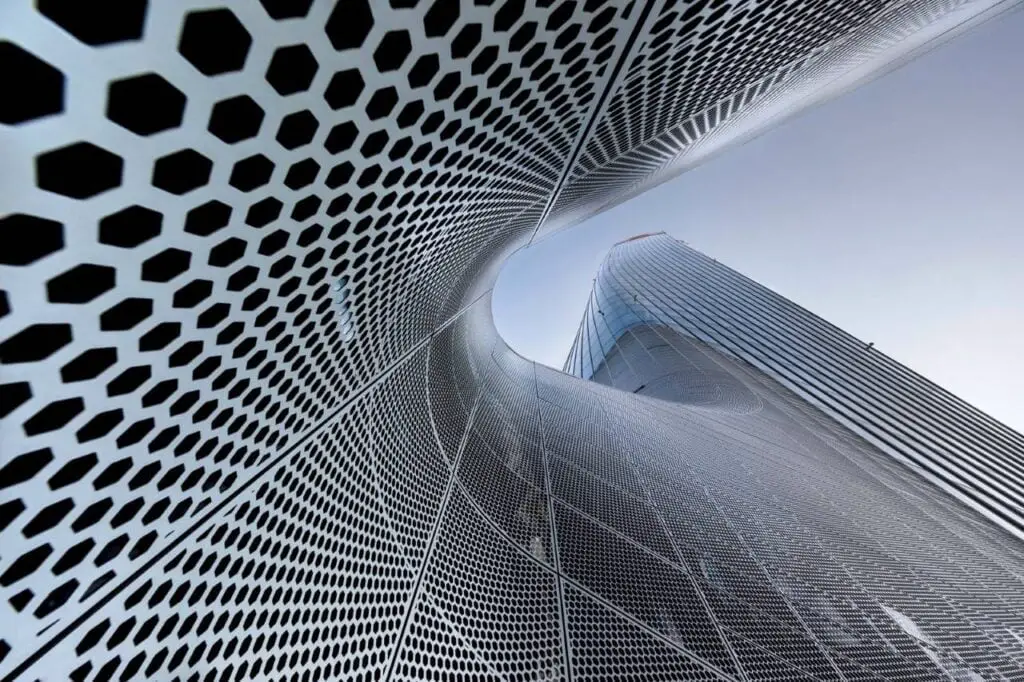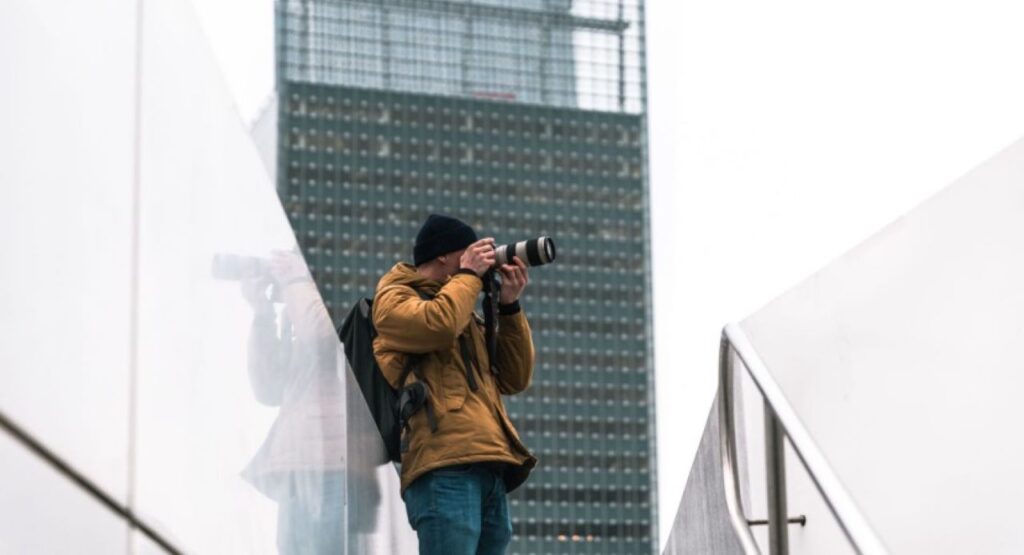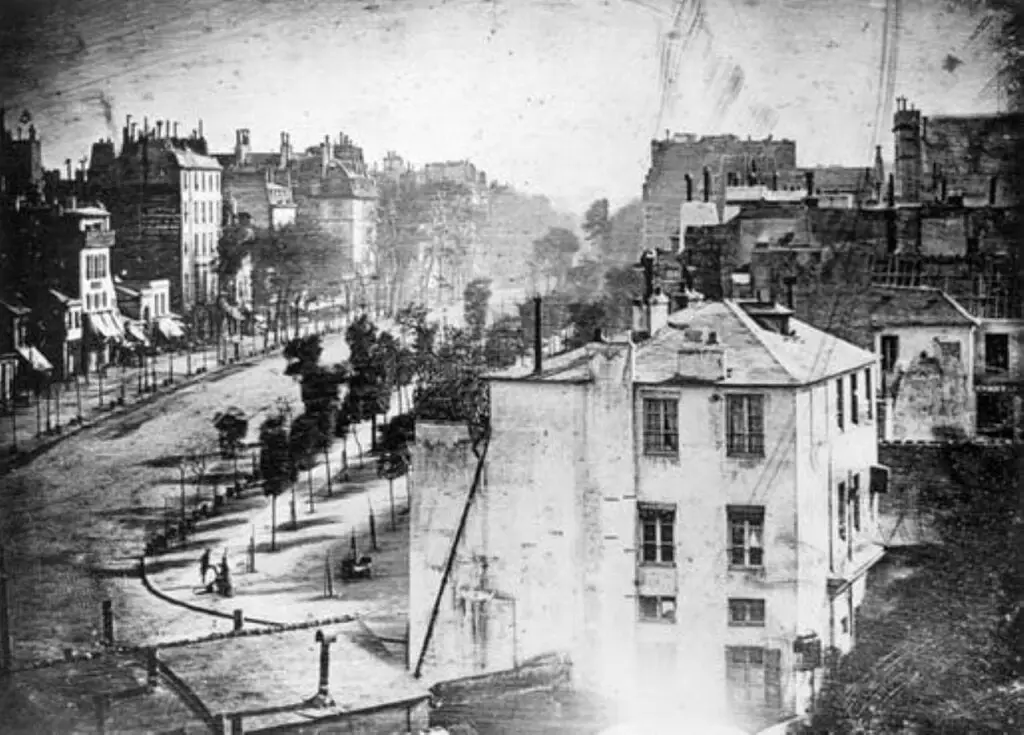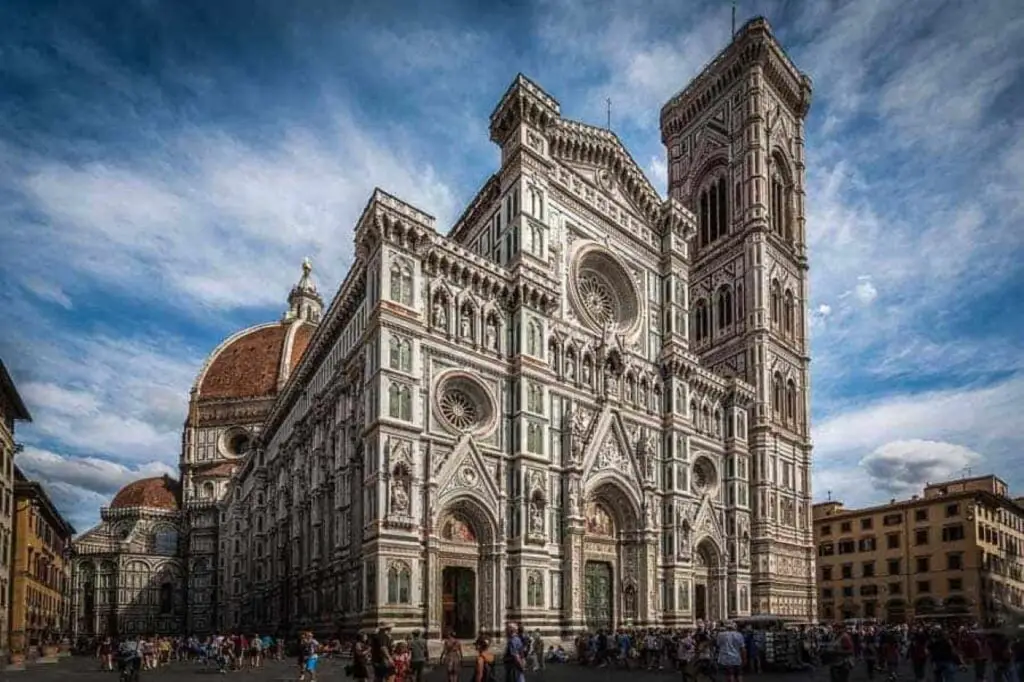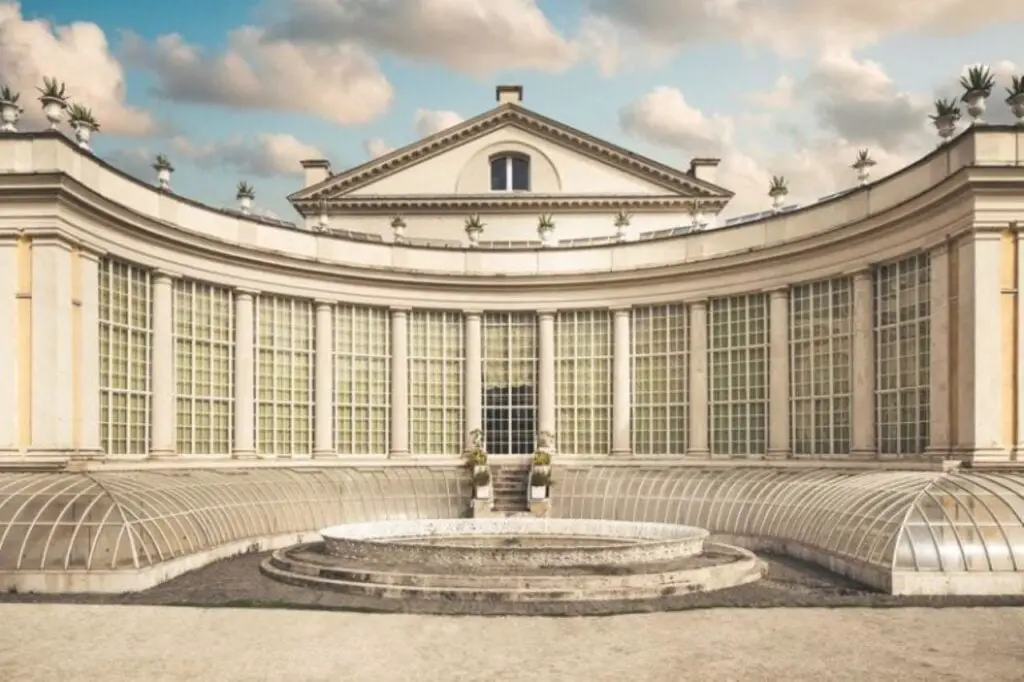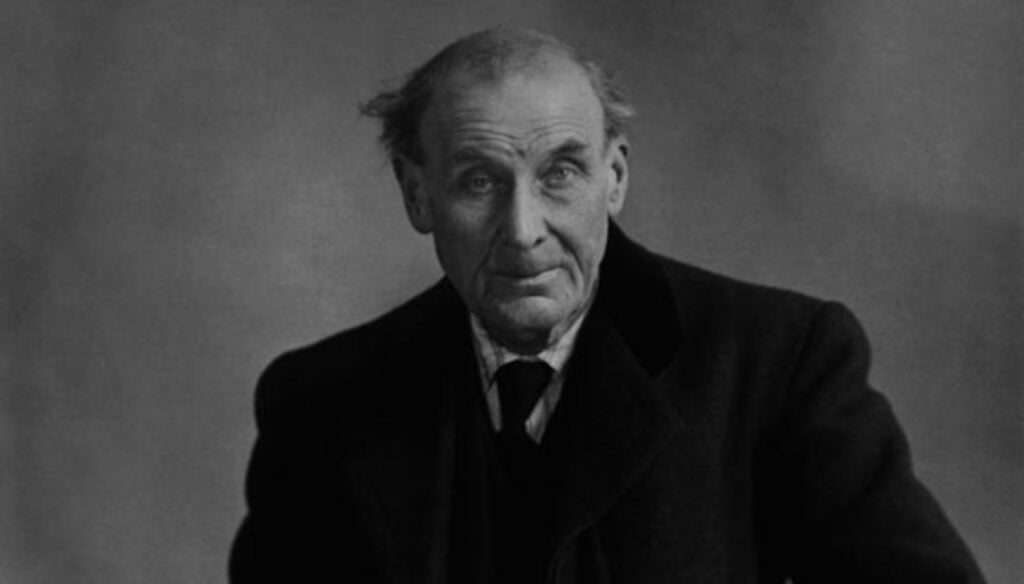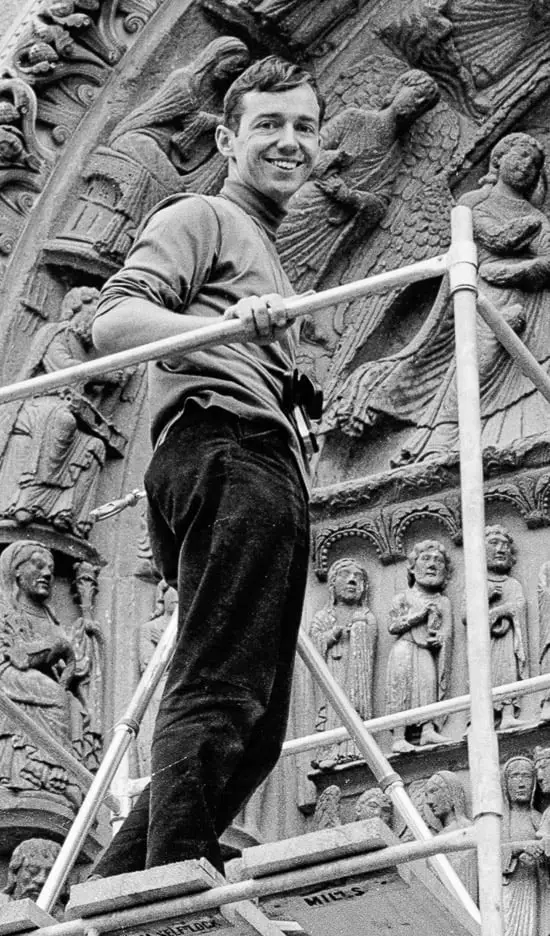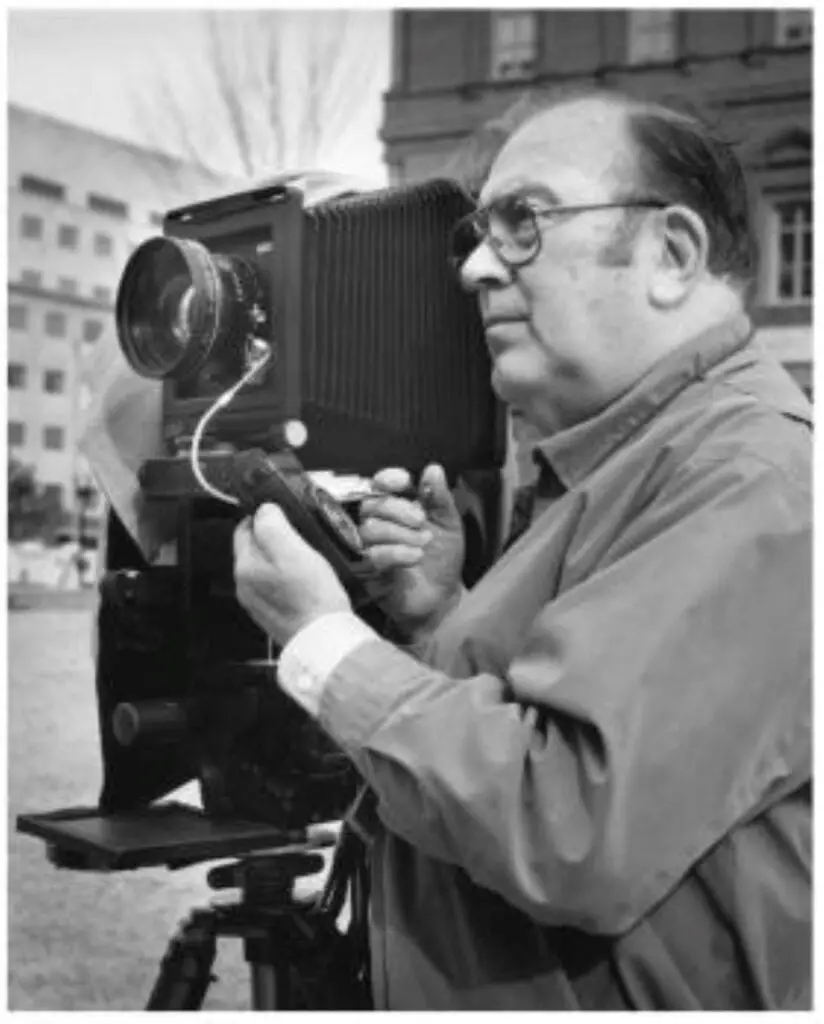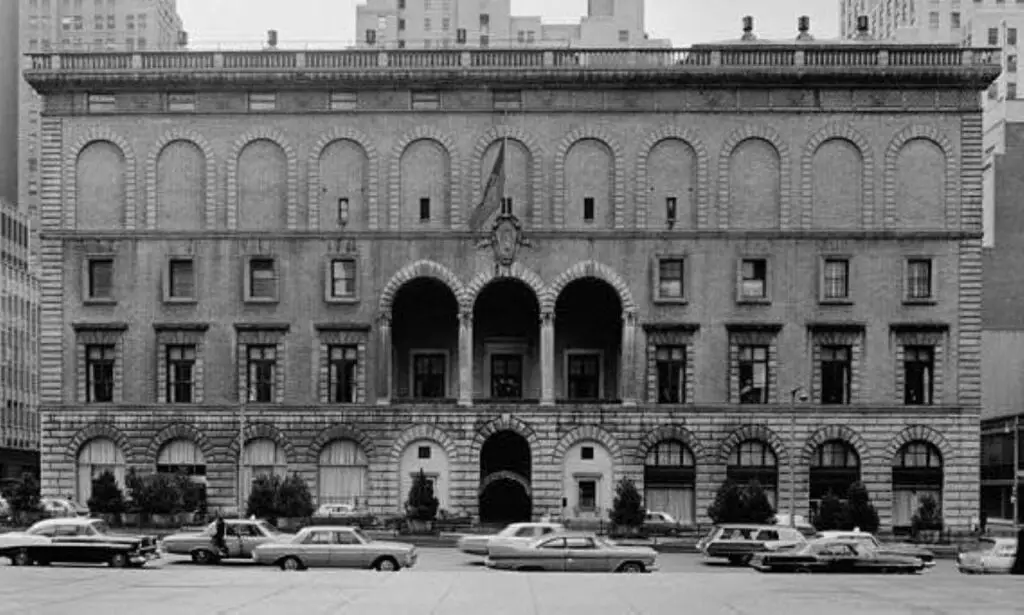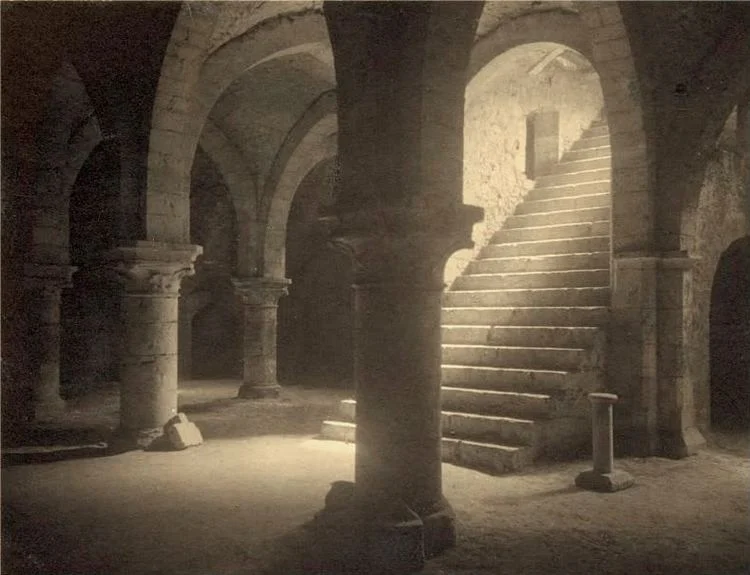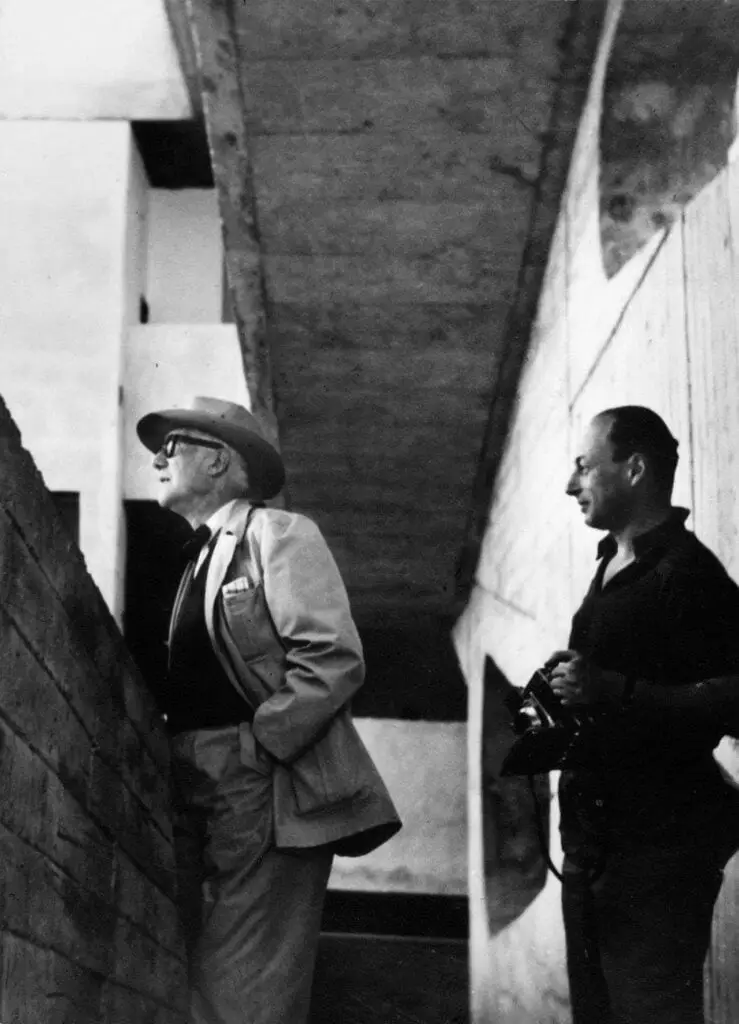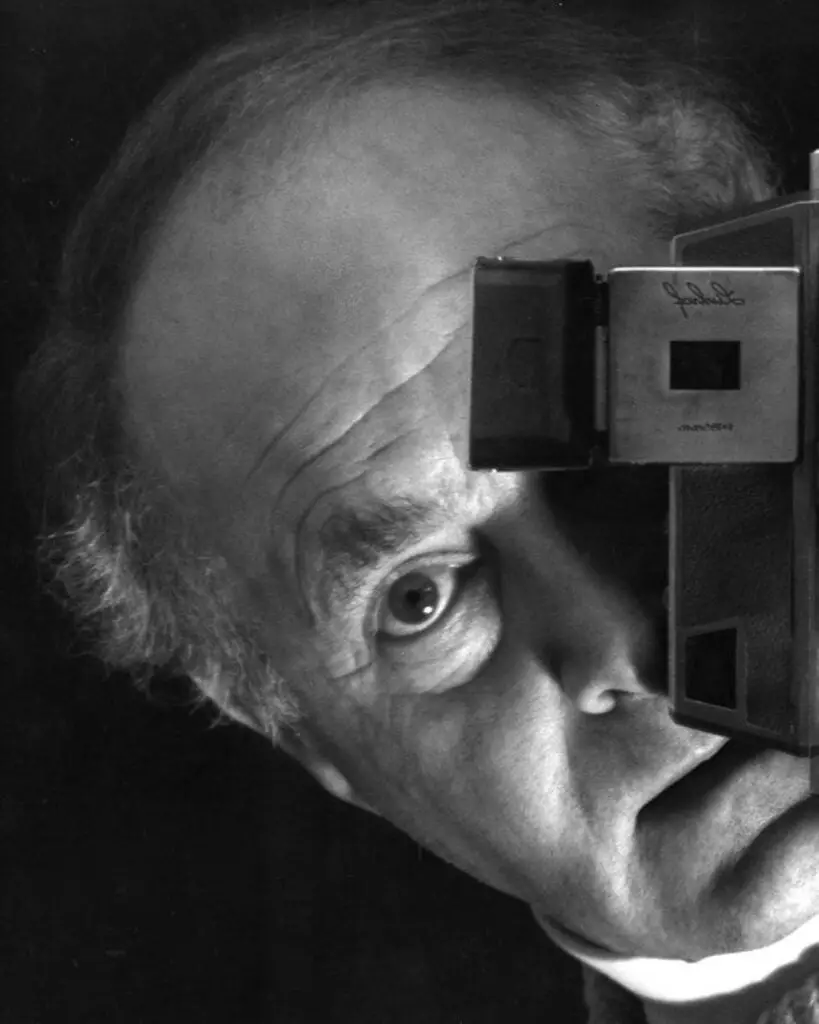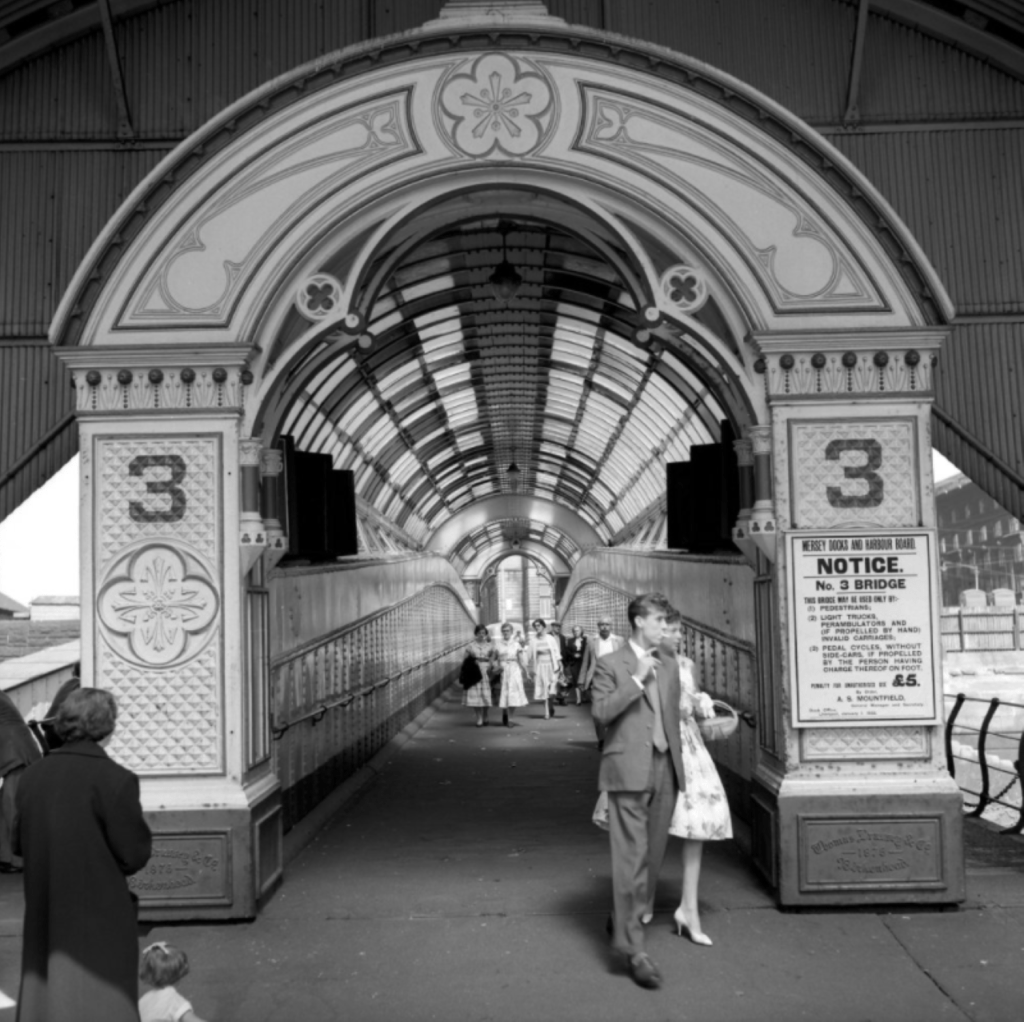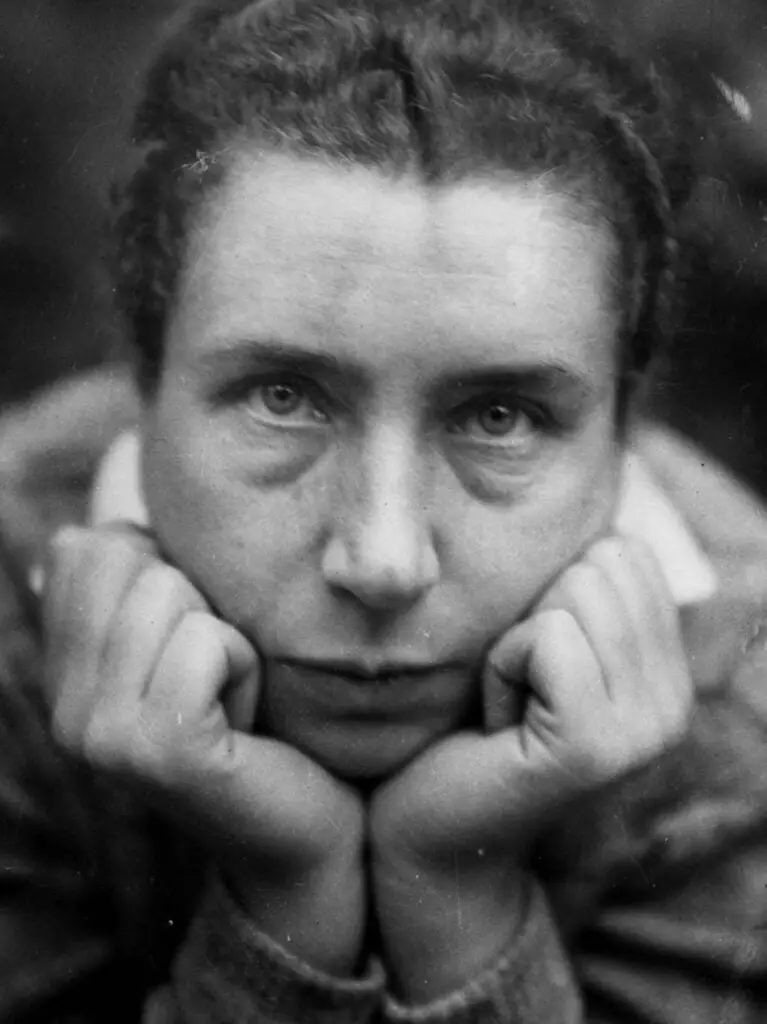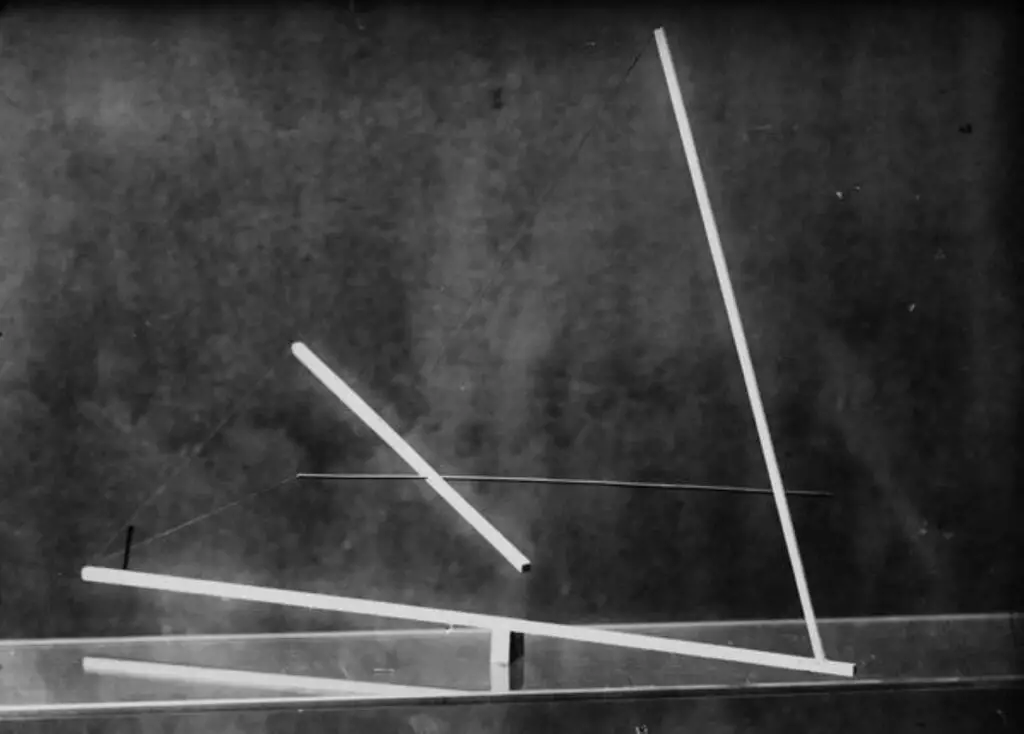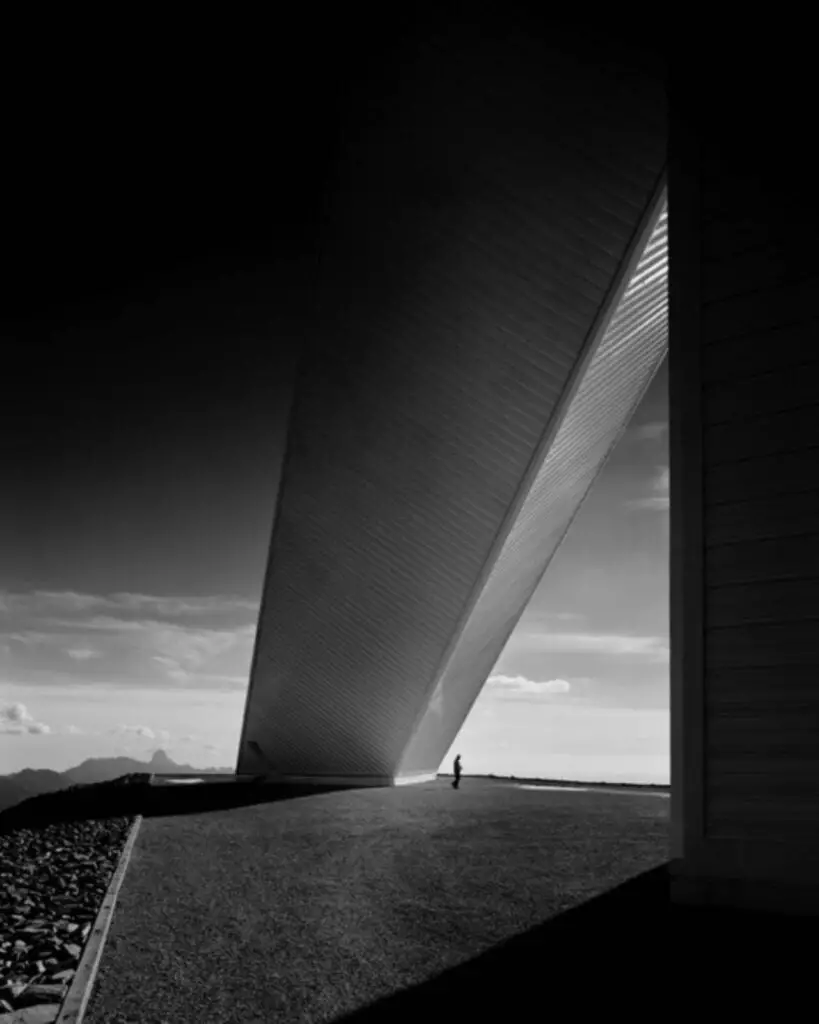Table of Contents
What Is The Best Way to Explain Architecture Photography?
Architectural photography is a sub-discipline of photography that focuses on capturing photos of buildings and other architectural structures that are both visually beautiful and accurate in terms of depictions of their topic. Architecture photography is not as dynamic as other types of photography. Architectural photographers are usually well-versed in the usage of specific techniques and devices for capturing such imagery.
Architectural photographers are professionals who photograph buildings and other constructed structures. Their images are frequently used for commercial objectives, such as for the developer to distribute online, in brochures, or for the project team’s portfolios. Since the invention of photography, one of the most popular topics has been architecture.
The earliest surviving photograph is Nicéphore Niépce’s ‘View from the Window at Le Gras,’ which was taken in 1826 or 1827 and shows building rooftops. In architecture photography, you must pay close attention to composition rules. A structure may appear stunning in person, but if you don’t know how to photograph it properly, it will appear mediocre in photographs.
Buildings were especially well-suited to early photography processes, which needed lengthy exposure times and stationary objects.
The early architectural pictures, on the other hand, were mostly shot as record images with no artistic effort. At the turn of the century, photographers like Frederick Evans began to create more sophisticated, stylized photographs, portraying the particular character of their constructed objects.
Architecture photography gradually got increasingly creative over the twentieth century, becoming a component of the period’s stylistic reporting and appearing in art, architectural, and lifestyle publications, as well as photographic and architectural books. William Henry Fox Talbot photographed architecture, including a Latticed window in Lacock Abbey in 1835. With often dramatic photos showcasing attractive structures, typically filmed from odd angles, it became a significant way to present the latest ideas in style, architecture, and technology.
Architectural structures, such as buildings, have been prized photographic subjects throughout the history of photography, reflecting society’s admiration for architecture and its cultural significance. Architectural photography established itself as a visual medium in the 1860s.
Architectural Photography has been monumental in recording the evolution of architecture in different countries and through different time periods.
What characteristics distinguish an excellent architectural photograph?
Some of the greatest architectural pictures contain blurred humans with the structure itself in focus, generally made using long exposure and giving depth and intrigue to the final product while reducing any distraction from the building.
Architectural photography evolved over time in the same way that building designs altered and blended with conventional forms. Architects began engaging more photographers for commissioned work in the early 1950s, resulting in architectural photography being recognised as more of an art form than it had previously been.
Architectural photography grew increasingly creative in the early to mid-twentieth century, as photographers experimented with new methods such as using diagonal lines and dramatic shadows in their compositions.
Types of Architectural Photography
Architectural photography is a type of photography that focuses on photographing structures or buildings. As a result, it also entails documenting the interiors and exteriors of constructions, bridges, and cityscapes.
Architecture Photography can be broadly categorized into exterior and Interior Architecture Photography.
Exterior vs Interior Architecture Photography
Exterior architecture photography can make use of natural or ambient light, but interior photography frequently necessitates the use of supplemental lighting, such as electronic flash strobes or incandescent ‘hot lights.’ This may take longer to set up, but it is ultimately more controlled than outside lighting, where shadows shift, people and cars pass by, and so on.
One may say, Interior Architecture Photography is tougher than exterior Architecture Photography for the same reasons mentioned above, and they are not wrong.
The outside framework of a building is captured via exterior architecture photography. The exteriors of a building are very straightforward to shoot since they receive a lot of natural light. The current weather conditions have an impact on this sort of photography, which might result in a dynamic image.
Simply said, this is the process of shooting the outside of buildings. This is the most common style of architectural photography, owing to the fact that it does not need entering a structure.
In all but the darkest settings, exterior architecture photography takes use of available light during the day, or employs ambient light from nearby street lights, landscape lighting, external building lights, moonlight, and even twilight present in the sky at night. Landscape around a structure is often crucial to the overall composition of a shot, and even necessary to express the building’s aesthetic harmony with its surroundings.
Ambient light from windows and skylights, as well as interior lighting equipment, may be used to photograph interior architectural spaces. Architectural photographers, on the other hand, frequently employ auxiliary lighting to increase the lighting within a structure.
The interiors of a structure are captured via interior architecture photography. Because there is little light available within the confines of a structure, this type of photography can be difficult. As a result, extra illumination is necessary to adequately portray the interiors.
What Makes a Great Photograph?
Weather or Climate
Weather plays an integral role when it comes to Exterior Architecture Photograph. Enough sunlight intake into the lens is an assured, beautiful click. You may want to pick the correct time of the day or pick the correct time of the year for your travel to get that perfect shot.
Time of the day
The time of the day is a variable many people can depend on. I’ve personally seen photographers pitch a tent near their desired Photography spot in hopes of a better factor or lighting for a photograph.
Lighting
Propably one of the most crucial factors in capturing a good Architecture Photograph, be it exterior or interior, is lighting. It can make or break a photo. It also sets the tone for how the photographer views or rather envisions the site.
Following the natural silhouette
It is very important for a photographer to follow the lines that are repetitive in the structure. What I mean by this is you wouldn’t want to photograph a structure that has parallel lines in 45degrees.
Human inclusion
Many photographers shy away from including human anatomy into their photographs in the worry of it taking the attention away from the structure. I argue that the inclusion of human subjects brings character to the space. Many photographers have included blurred, hazy human silhouettes in their photographs to add that ump in a still.
Focus on a particular peculiar feature
Focusing on a certain peculiar feature will set you apart from many other photographers who have stood before you. It also brings light to the structure in which it was not viewed as before.
(Last but not the least) Don’t shy away from post processing tools
The current trend of #nofilter has taken social media by a storm. However, a little bit of post photography processing enhances the photo double-fold. It also sometimes helps you view a discarded photograph in a new light.
https://www.archdaily.com/804685/10-tips-to-perfect-your-architectural-photography
https://www.format.com/magazine/resources/photography/architecture-photography
Career Roadmap to Become a Successful Architectural Photographer
Architectural photographers have a diverse set of talents and expertise, as well as a college diploma in many cases.
Learn to Operate Camera Equipment
Those interested in a career in architectural photography must be able to operate camera equipment, particularly digital camera equipment. Even if a student intends to pursue a formal education in the profession, he or she must be able to use a camera effectively before enrolling. Take beginner photography classes by established phtographers. Architectural photographers can practise shooting images of buildings and other structures in their towns to improve fundamental photography abilities.
Earn yourself a Bachelor’s Degree
A Bachelor’s Degree is a great way to start your career. While a four-year degree in photography is not necessary to enter the sector, the BLS notes that companies may prefer individuals who have one. Composition components, shooting methods, and darkroom operations are all included in a bachelor’s degree programme. Studio lighting, photojournalism, digital imaging, and photography history are all possible courses. Students may also opt to pursue a minor in architecture or take architecture-related courses.
Internships are a great way to learn new skills
Before graduating, several bachelor’s degree programmes require students to do an internship. Internships with professional photographers or professional photographic organisations may be beneficial to aspiring architecture photographers. Students and recent graduates of a four-year degree programme can apply for mentorship and internships through the Young Photographers Alliance.
Create a Portfolio
To start a career as an architectural photographer, an artist must have a portfolio of their greatest images. Architectural photographers should start establishing their portfolios while still in school and keep them updated throughout their careers. Published images, as well as outstanding works from college and an internship programme, should be included in a portfolio. Having an internet portfolio allows a photographer’s work to be seen by a larger audience.
Become a member of a professional organisation
Beginning and expert photographers both can benefit from professional photographic groups’ clients and work prospects. A photographer must join one of these organisations to benefit from their services, which includes an annual fee and a review by the membership board.
Work as a Photographer’s Assistant to gain experience
Working as an assistant to a photographer might help aspiring architectural photographers obtain professional experience. An assistant may be responsible for mundane activities, such as discovering business prospects for the employer, in addition to developing technical and business skills. Look for assistant roles on job boards and through local photographers.
Maintain your education. Architectural photographers can benefit from continuing education options throughout their careers, even if it is not mandated. Continuing education may assist architectural photographers to keep up to date on commercial photography legislation as well as industry-changing technologies.
Although many businesses prefer individuals with a bachelor’s degree in photography, architectural photographers rely on their innate creative aptitude and expertise in handling camera equipment. Membership in professional organisations that provide photographer finding services, as well as a portfolio and associated expertise as a photographer’s assistant, can increase work opportunities and career progression.
Extraordinaire Photographers (Architectural Photographers to Follow)
Architectural photographers are professionals who photograph buildings and other constructed structures. Architectural photographers might be skilled photographers who have specialized in architecture throughout the course of their careers, or they could have a background in architecture or a similar field. Their images are frequently used for commercial objectives, such as for the developer to distribute online or in brochures, or for the project team’s portfolios. Because potential buyers and customers are often lured to homes by their appearance, it’s critical to have appealing images accessible, and the appropriate photographs may be quite useful to those who hire them.
When commissioning architectural photography, there are a few things to keep in mind. Photographers have a variety of techniques and ideologies, so it’s crucial to do your homework before committing to one. It’s also crucial to spell out the commission’s purpose in writing to avoid any misunderstandings or disagreements about what’s expected and what usage rights are allowed.
It’s critical to figure out whether the customer wants photographs for archival purposes, for sales, or for the photographer’s artistic flair.
The photographer may opt to show some of the building’s surroundings, as well as unusual angles and views. Controlled viewpoints with a focus on non-converging and parallel vertical lines are frequently employed.
Here are a list of world renowned Architecture Photgraphers who revolutionzed the field with their work. Their work has laid important paths that many Architecture Photgraphers follow today.
Eugène Atget
James Austin
Jack Boucher
Frederick H. Evans
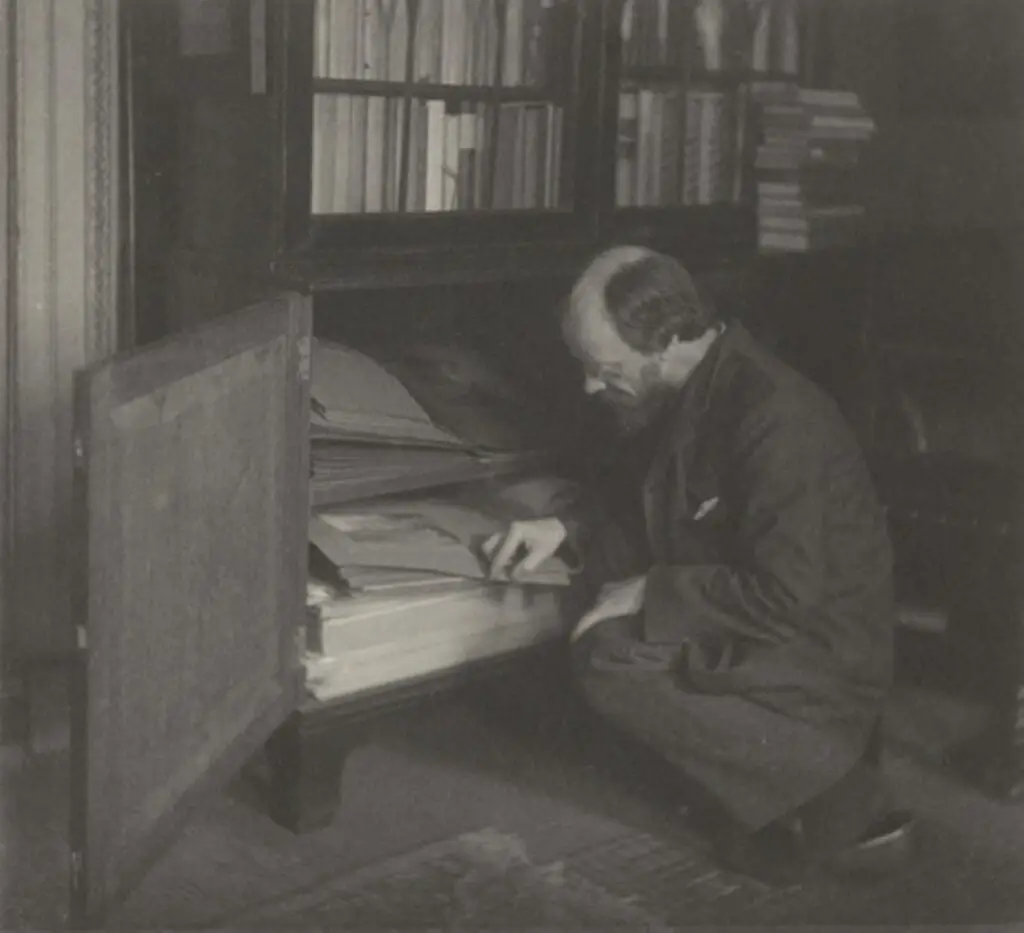
Lucien Hervé
Eric de Maré
Lucia Moholy
Wolfgang Sievers
Ezra Stoller
- Tekla Evelina Severin


